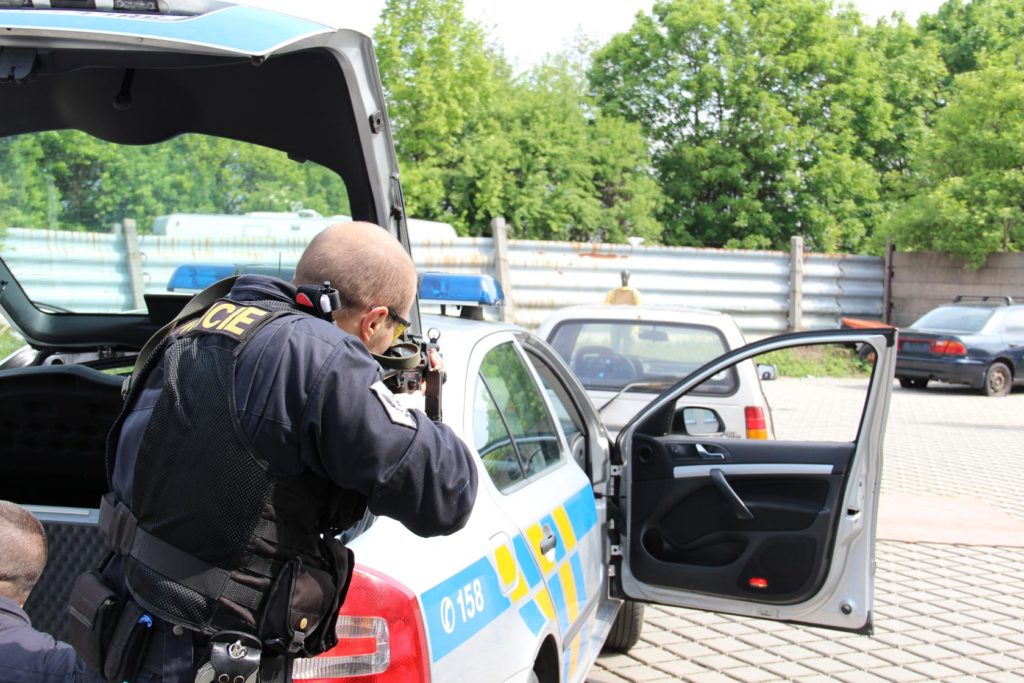Shooting targets do not return fire
The men who fought in World War II were excellent soldiers with excellent weapons, but they were poorly trained in combat. The underlying problem is that they mostly practiced shooting at targets bull’s-eye , as the policemen continued to do until a few decades ago.
[…]
If we expect our soldiers to be able to effectively use the weapons provided, we must train them with realistic simulations that replicate the threats they will face. Since the Vietnam era, the men and women of our army have been trained to fire at human silhouettes that appeared by surprise in the visual field, thus inducing a conditioned automatic response in them. As soon as the silhouette appears, the soldier has a split second to hit it, and this action is repeated hundreds and hundreds of times. When an enemy appeared in front of our troops in Vietnam, he was instantly shot down, without thinking.
Stimulus-Response – the revolution in military training and law enforcement.
From the nineties to today there has been a further evolution. […] Today we use pop-up targets with the three-dimensional image of an enemy soldier: the target has a face, wears a helmet and holds a rifle. AND much more realistic than the old monochrome silhouettes and makes it much easier for soldiers to transfer what they learn to real situations.
The fundamental principle is the fidelity of the simulator, that is the degree of realism guaranteed by a training simulator.
[…]
Excerpt from On Combat – Psychology and Physiology of Combat in War and Peace – by Dave Grossman


The principle of TAT3D, create a realistic scenario able to provide a three-dimensional target as close as possible to the real one: to allow those who are training to be able to live an experience, especially at an unconscious level, which brings into play all those psychic and physical dynamics that will be found then to face in reality, and do it in a repetitive and continuous way until the automatic acquisition of the attack and defense reaction.
